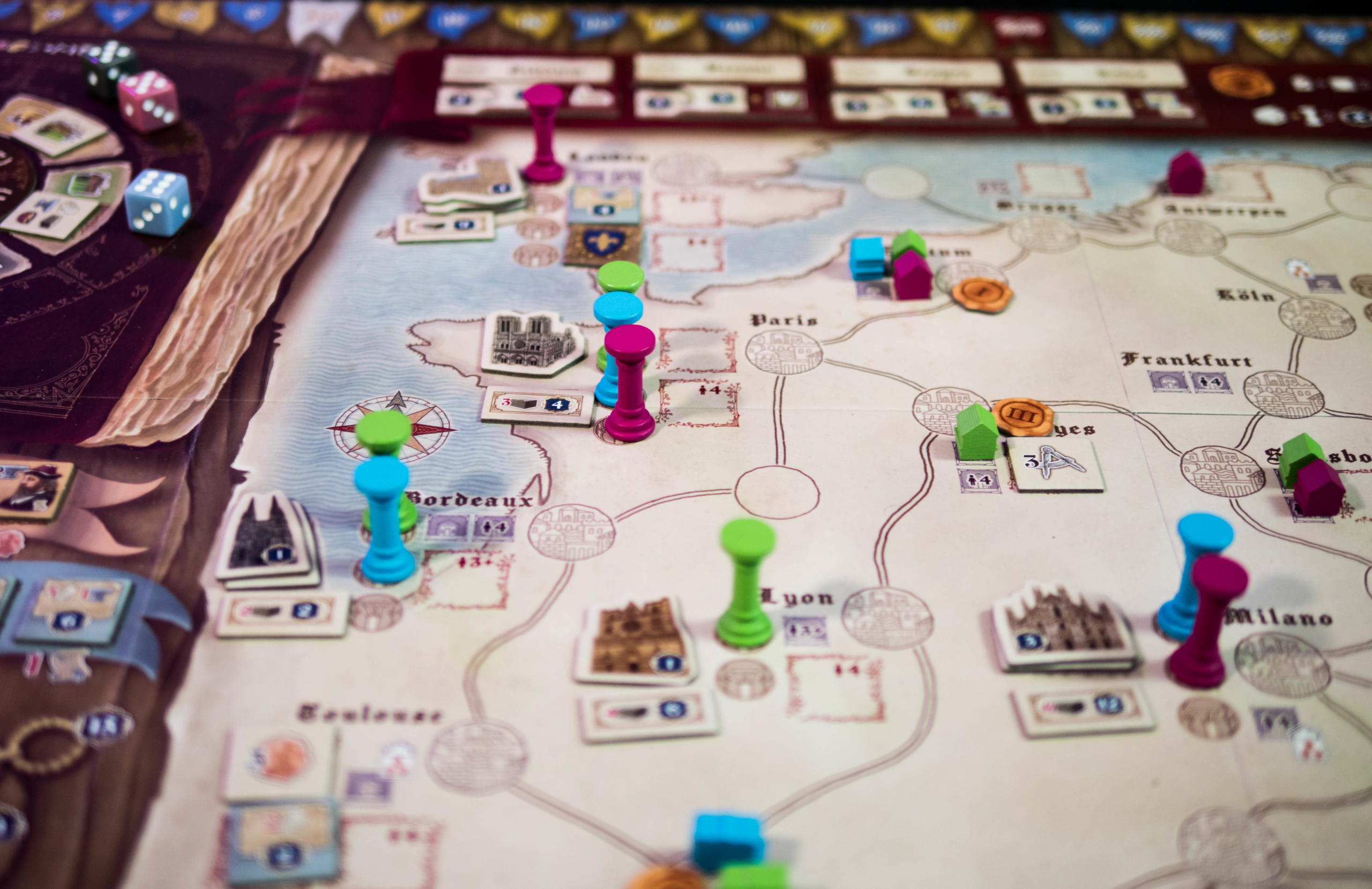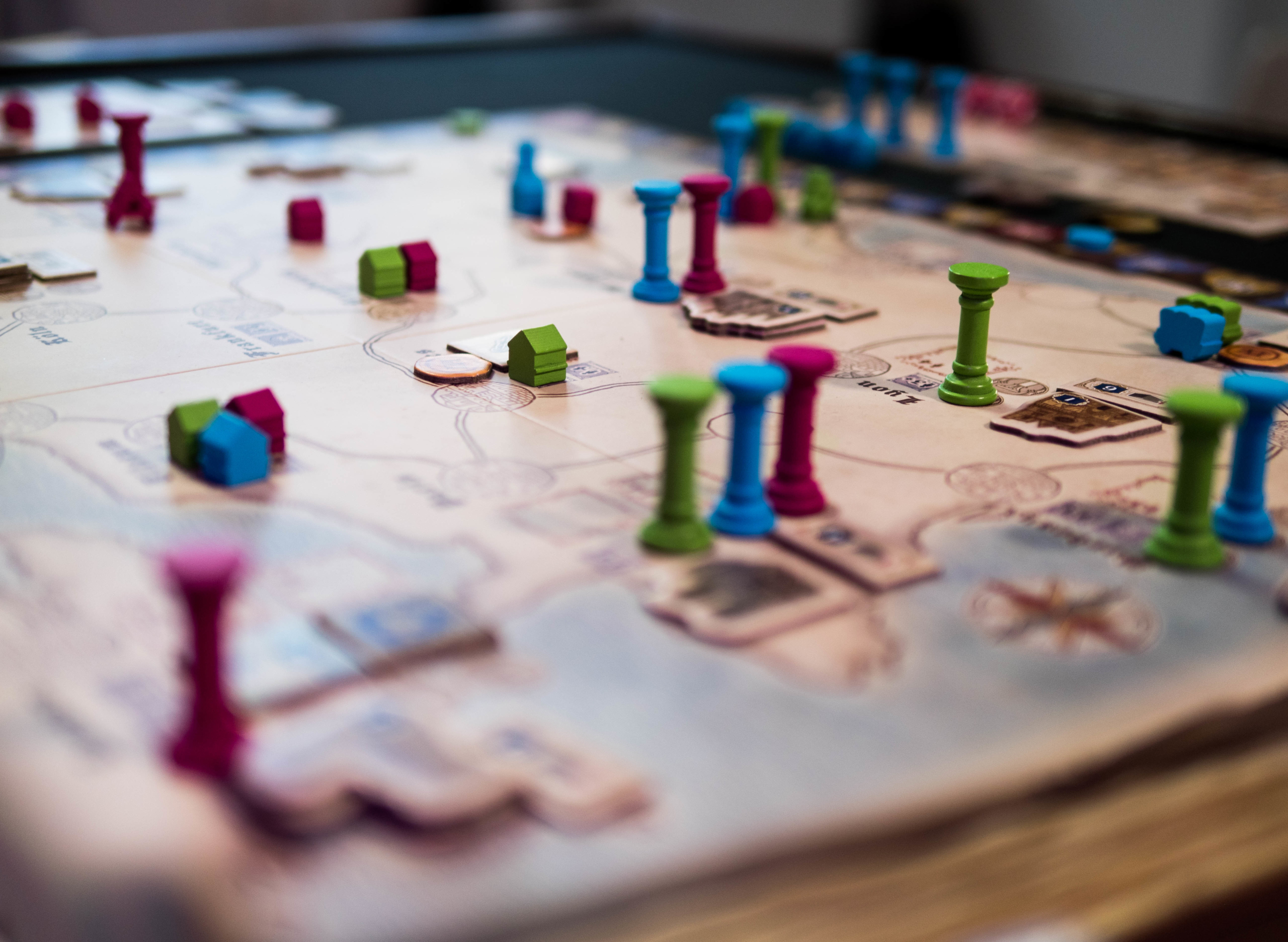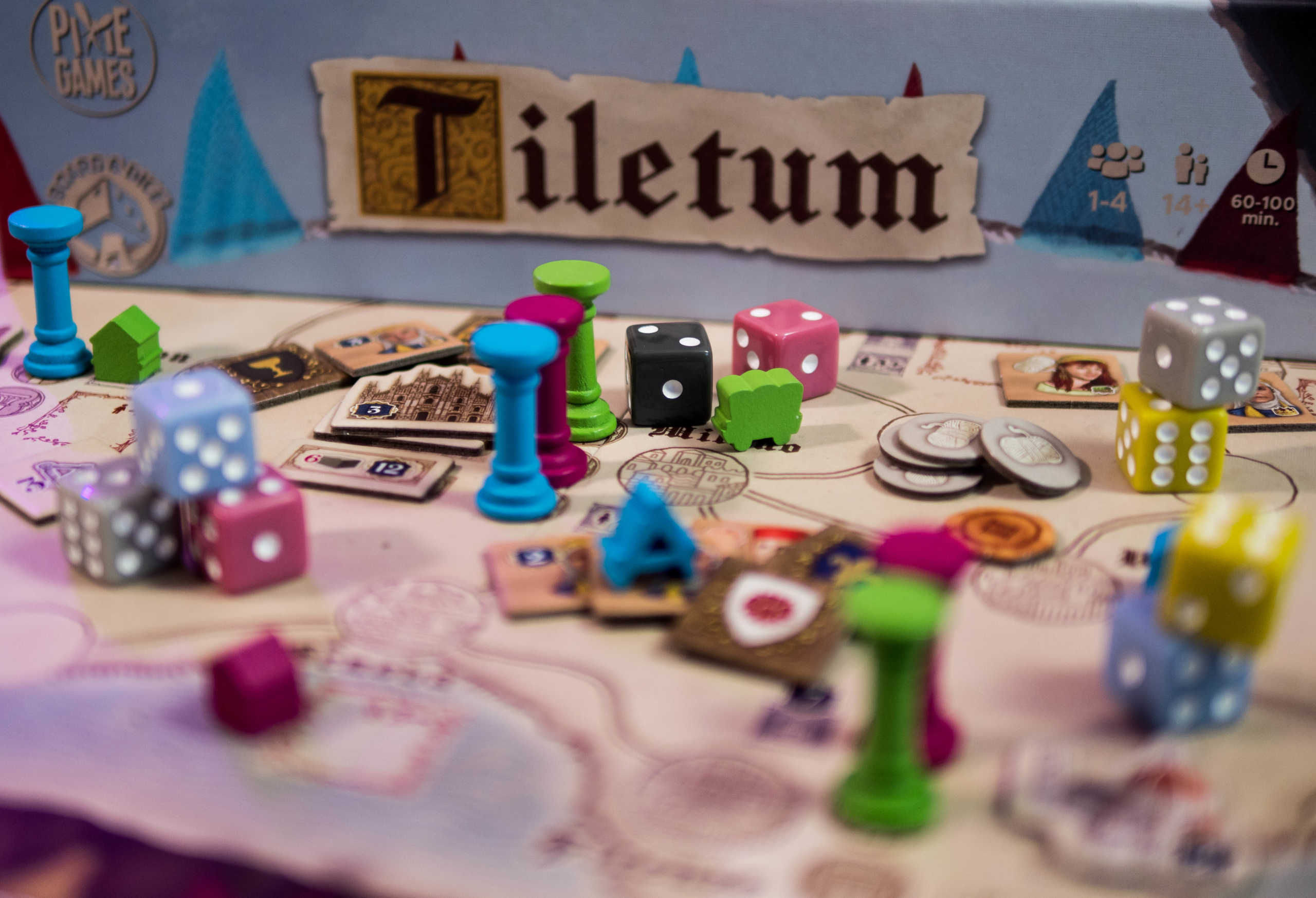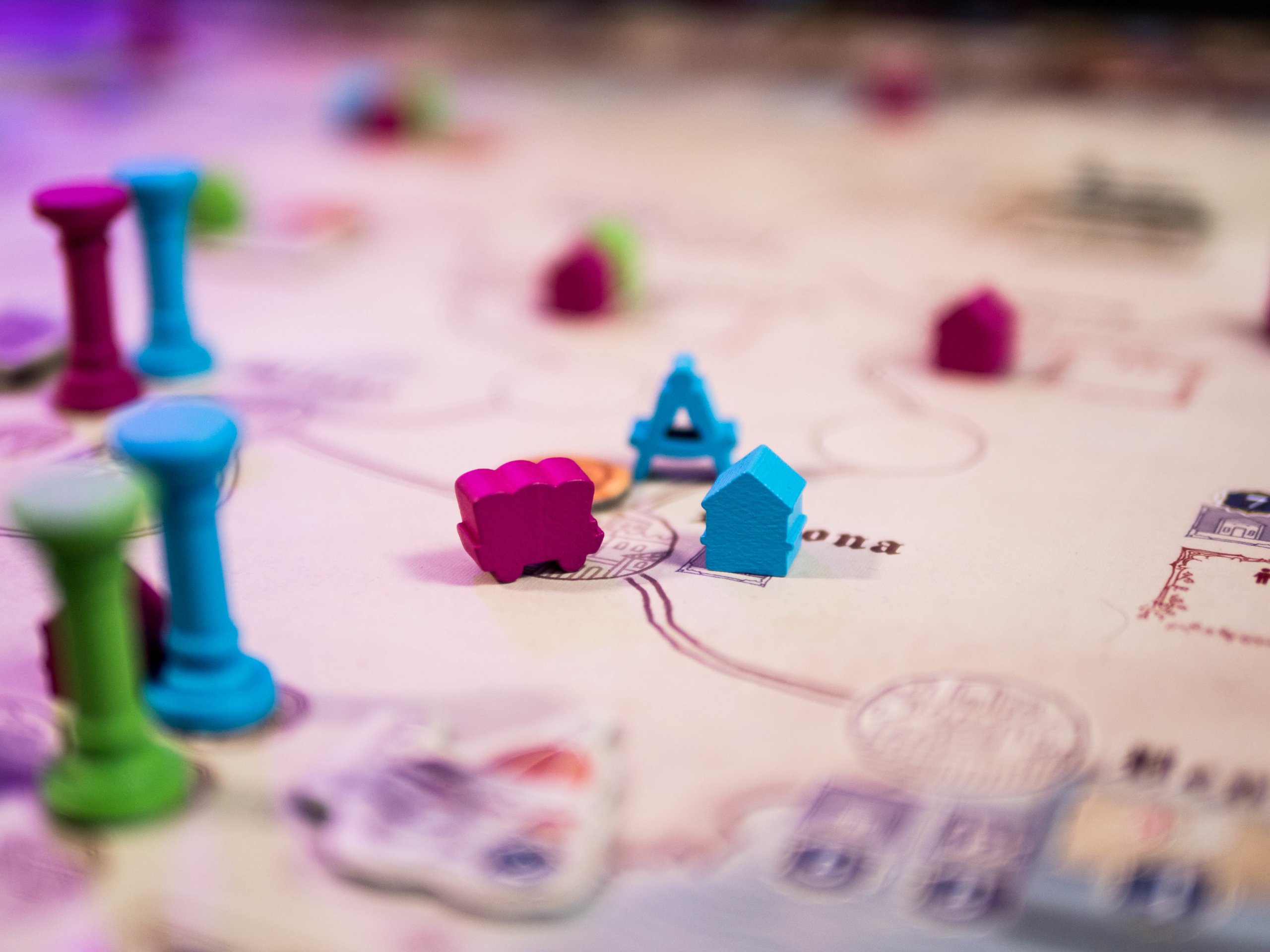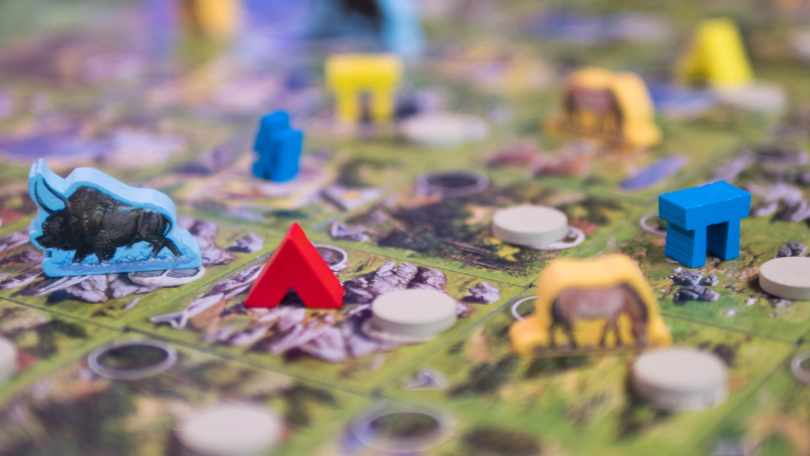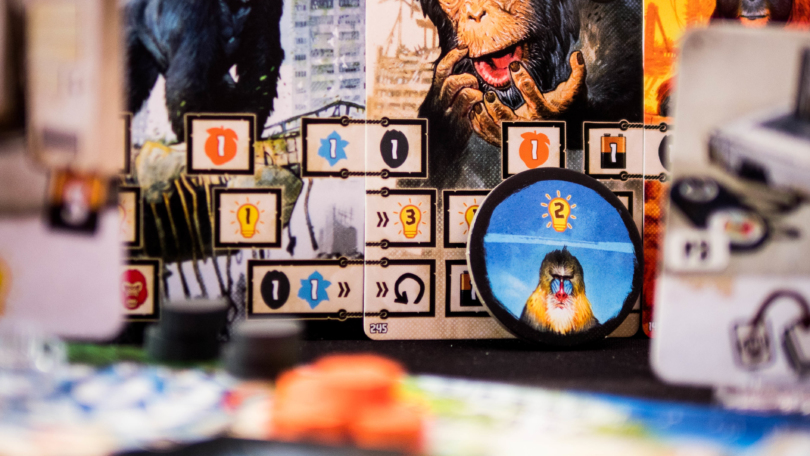Review Tiletum
8.9Very good
Tiletum stands out as an excellent game among my favorites of the T series, with remarkable fluidity and cleverly interconnected mechanics, eliminating any unnecessary regulatory overload and offering a rewarding experience thanks to the ingenious use of the action wheel and resource dice.
Positives
- The ingenious action wheel mechanic
- Expert but fluid gameplay without unnecessary rules
- A ton of rewarding combos
Negatives
- A somewhat tacked-on theme as is often the case in Eurogames
Breakdown
- Components and illustrations 8.5
- Mechanics 9.5
- Thematic 8.0
- Replayability 9.0
- Handling 9.5
- Interaction 9.0
- Originality 8.5



